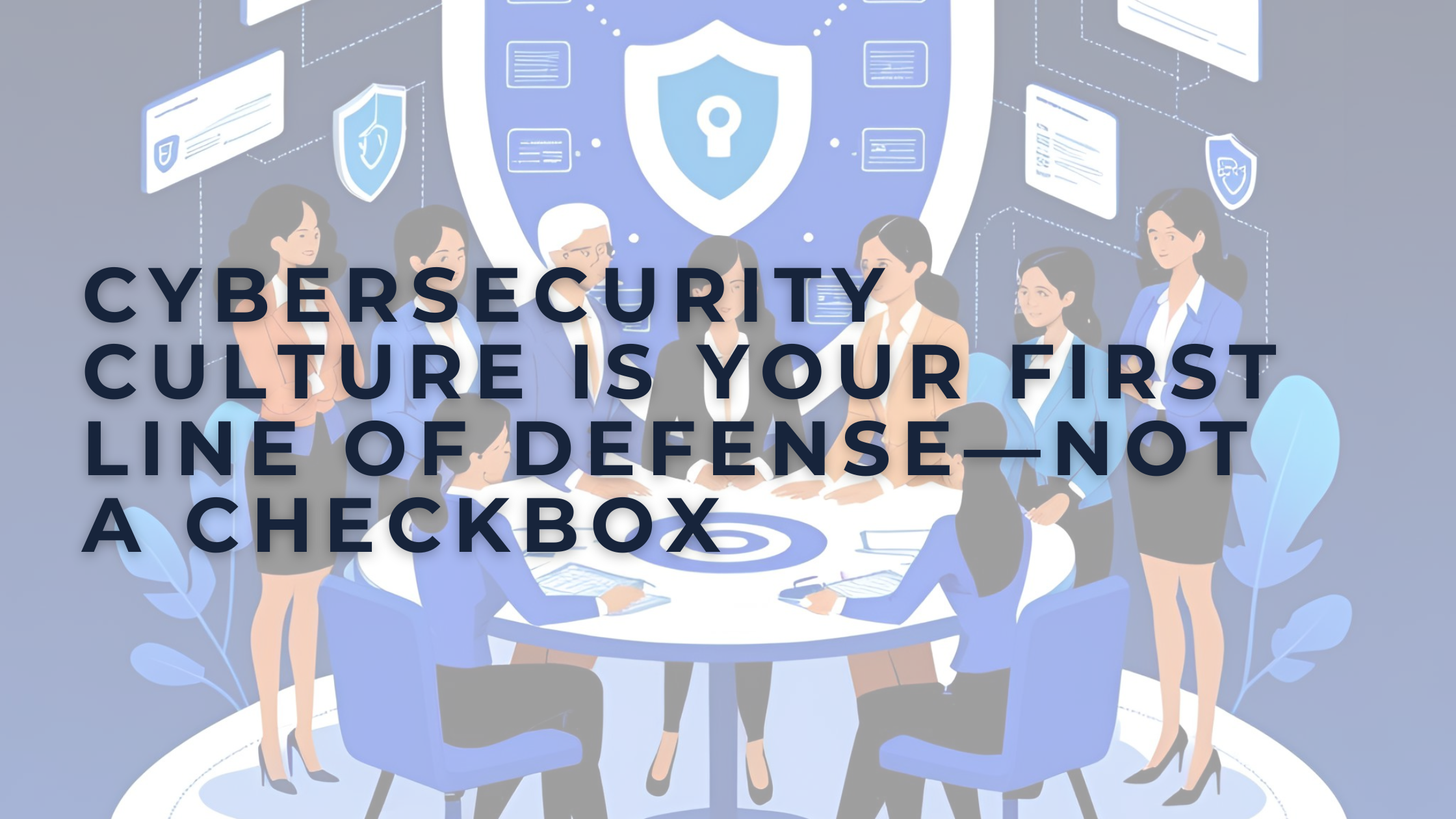The Ultimate, No-Nonsense Guide to Budgeting as a Non-Profit Organization
Non-profit organizations know very well that financial sustainability is vital to lasting in the marketplace, and ultimately, continuing to provide important services and/or goods to those in need. Board and staff members must remain committed to proper financial management, including advance planning in the form of a budget. In the non-profit realm, a budget acts as a guide – allowing you to plan for the future while periodically reviewing where you’re at in terms of cash flow and expenses.
In some cases, those making financial transactions with your non-profit organization may request to see your budget, whether it’s a bank or a large donor. Would you be prepared for this?
If not, it’s time to start budgeting. It’s always helpful to have a budget that reflects your non-profit organization’s strategic goals, mission, and programs. Whenever possible, try to make your budget at least three months before the end of the fiscal year – allowing you to get approval from the board of directors before the new year begins. A well-formulated budget will help you make the most of your limited resources, so it’s well-worth the effort to do it right the first time around.
What is the difference between an operating budget and a capital budget?
First and foremost, it’s important to understand the difference between an operating budget and a capital budget. The operating budget reflects any sort of planned financial activities – showing expected expenses and revenue from various sources. This should be aligned with your strategic goals. The capital budget, on the other hand, should account for any projects that have an impact on your operations, such as construction and/or new implementations that will have a one-off cost.
What are the benefits of having a budget in place?
Simply put, a well-planned budget gives you greater control of your finances. You’ll be able to know what’s coming in and what’s coming out at all times. Plus, you’ll be able to track your performance over-time to ensure you’re not overspending or underspending in any way. Let’s take a look at the many benefits of having a budget in place:
- Keep you focused on your mission: All of the activities that take place to help you meet your short and long-term goals are usually dependent on the timing of funding. A proper budget allows you to be aware of your current resources and make the most of them at the right time.
- Keep board members satisfied with progress: When you have a meeting with your board members, they’ll be satisfied being able to see progress clearly in terms of which initiatives and/or programs are generating the revenue they should be and which aren’t. This allows for a more productive meeting.
- Keep donors informed with greater transparency: Donors will be much happier being able to stay informed on how you’re spending money. They will appreciate the transparency, and in many cases, be more likely to give again in the future knowing their donations are well managed.
What expenses should be listed in the budget?
You have a range of expenses tied to the programs and/or services you’re providing to those in need. These may include:
- Direct costs that can be attributed to a specific project or initiative, such as hiring new staff or ordering important supplies.
- Indirect or overhead costs that are not attributed to a specific project or initiative but are still necessary, such as internet or telephone bills.
- Expenditures that are required to acquire or maintain fixed assets, such as the building you’re operating from or the cars you’re driving.
- In-kind contributions of services or goods that do not involve cash, but rather, assistance or offerings towards projects, such as parking or security.
What steps should be taken to create a budget?
When you’re ready to create a budget, try to start roughly three months before the end of the year. This will give you the ability to get the approval you need from your board members before the beginning of the year. Here’s a few steps to follow:
- Create a Process: Every aspect of your non-profit organization has a process, right? Your budget should be no different. Define the roles and decision making processes required to make a budget. Make sure you account for information gathering, analysis, and decision making. This means you should determine who is going to take the lead, what stakeholders will be involved, and who will handle any sort of tracking and/or updating.
- Identify the Main Purpose: You should have a main purpose for creating a budget. Your purpose might be funder compliance, lowering expenses or simply having greater transparency, but whatever it is, figure it out and create a budget structure that supports that purpose. You will include different elements depending on what your purpose for creating a budget is, so it’s always helpful to know ahead of time.
- Look at Your Past Performance: A budget is all about the future, but it’s important to assess your current financial and resource management capabilities before you create your budget. Why? Because you can always learn from past mistakes. Take a look at any financial successes and failures you’ve had over the past year. Do you see any sort of opportunities or threats based on your past performance? If so, account for those in the budget.
- Figure Out Your Income: Your revenue is one of the hardest parts of developing a budget. It’s typically much harder to forecast your income than it is to forecast your expenses. Start by organizing your charitable income by source – from special events to individuals to foundations and everything in between. Make sure you organize them from most dependable to least dependable. This way, if you’re expecting a 40% chance of receiving a $1,000 donation, you can use $400 in your budget.
- Account for Your Expenses: When you’re accounting for expenses, think about your staff before anything else. They typically comprise approximately 60% – 80% of a non-profit organization’s budget. Next, consider any expenses outside of your staff. This should include direct costs, indirect costs, expenditures, and in-kind contributions. Remember to note fixed vs. variable costs as you’ll have more control over variable costs when necessary.
- Prioritize Cash Flow Projections: A huge reason for creating a budget is to be aware of cash flow. Essentially, you’re reviewing what’s coming in and what’s going out to see what’s left each month. While you’re outlining cash flow projections, account for what happens if there isn’t any cash flow that month. This is why it’s vital to outline cash flow projects as you can use extra from one month during another month that has minimal available.
- Keep Your Operational vs. Capital Budgets Separate: Your main budget should be focused on your day-to-day operations, not special projects or one-off events. This information can be added to a capital budget that will be dedicated to any sort of income/expenses that are special or unique to that particular project or one-off event. This is important because in times when you’re in need of greater cash-flow, you’re able to review the capital budget and see if you can create opportunities from there.
- Monitor the Budget on a Regular Basis: Creating a budget is fantastic, but it’s not a set-it-and-forget-it type of situation. You want to make sure you’re looking at the budget at least monthly – comparing the predicted numbers with the actual numbers to see if there are differences. If there are, take some time to consider why the differences exist. Did you go over your expected expenses? Did you fall short of your expected revenue? It’s important to look for potential issues.
Network Outsource is here to answer any questions or concerns you may have about budgeting, especially if you’re struggling to incorporate technology into the mix. Call (516) 207-1889 or email us at info@networkoutsource.com.
Like this article? Here’s a few more we’re sure you’ll enjoy:
Do You Know about the SHIELD Act in NY State?





